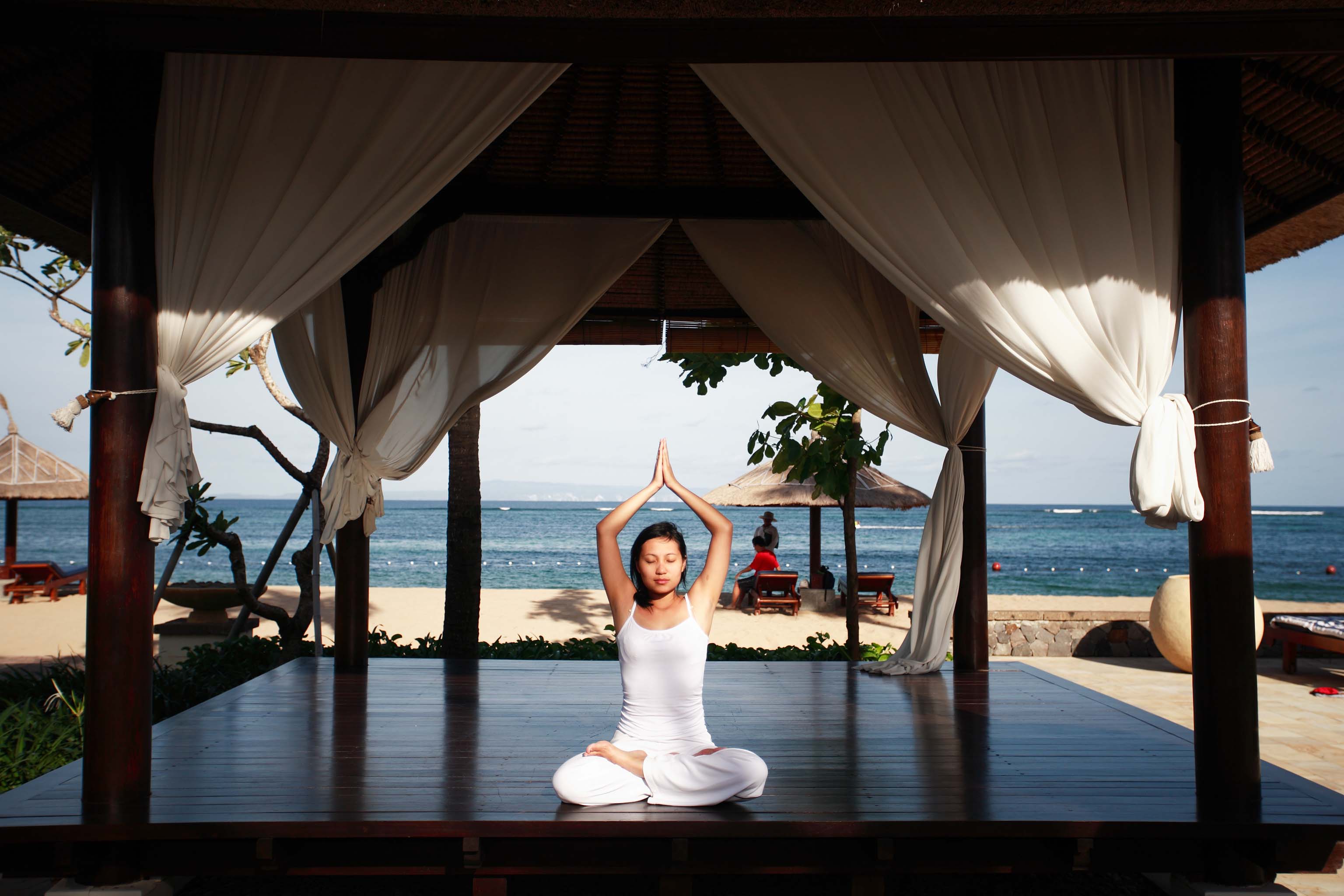By Dr. Meng-Mei Maggie Chen
Over the past year, Google made major inroads into the travel and tourism sector, changing the layouts of Google Flights and Hotels and, as a result, it’s hard to differentiate these from online travel agencies and metasearch sites. Further, Google Trips now offers discounts for tours and activities, and allows users to create folders for future travel plans. This option could help Google identify the travel intentions of consumers early in the planning process and make relevant suggestions based on the travel history.
Certainly, Google’s footprint in the travel ecosystem is expanding. Depending on hoteliers’ digital marketing competencies and budgets, some hoteliers will leverage Google to increase brand awareness and gain bookings. Nevertheless, Google is not free and serves as another paid channel for hoteliers. Given the dominance in the market of Google and the major OTAs, hoteliers will find it even more expensive and difficult to reach travellers. Discussions about the cost of customer acquisition may switch from ‘between OTAs and hotels’ to ‘between hotel brands and hotel owners’.
In the past, such discussions focused on the commission charged by OTAs and hotels sought to lure customers with discounts to book with them directly. The logic of offering member discounts is simple. As long as the cost of such discounts is less than the OTA commission, it’s better to encourage customers to book directly. Yet, recently, there have been discussions about the potential conflicts of interest between the hotel owner and the hotel brand. For example, whether a room is sold via an OTA website or the brand’s own website, the owner will be charged royalty fees by the hotel brand, along with marketing fees, reservation and transaction fees.
As hotel brands provide technology infrastructure and services to facilitate bookings, they should be compensated. On the other hand, the costs associated with offering member or loyalty discounts and marketing campaigns to encourage customers to book direct may be a different story.
Do these marketing campaigns benefit hotel owners to the same extent as hotel brands? Could hotel owners and brands find better use for this money? This will be a key talking point in 2018.
Special purpose hotels, anyone?
Competing for customers and luring them from one distribution channel to another (from indirect channels to direct ones, or from an expensive channel to a cheaper one) will become even harder. Maybe hoteliers should invest their resources on identifying and developing niche markets.
In the coming years, the hotel industry will continue to develop ‘special purpose hotels’ and niche markets. For example, I Hotel in Taiwan has become the hotel of choice for gamers as it offers a variety of bed combinations (such as four beds to a room) and stations for teams to compete, with the possibility of projecting games onto a large screen. In Japan, the Hotel Cycle is aiming for cyclists, as it has on-site bike shops for repairs and offers cyclists grab and go food options so they don’t have to get off their bikes. I can imagine yoga hotels offering a range of options for yoga lovers to improve their skills and meet other yoga devotees. An art hotel could host different artists as speaker and provide lessons to improve artistic ability or art appreciation sessions. The possibilities may only be limited by our imagination.
Certainly hotels are already offering yoga lessons and art exhibitions, but treat them as complementary services rather than major attractions. In future, these services, if properly planned and managed, could become the main reason why travelers and local residents choose to visit a particular hotel.
To gain a competitive advantage, hoteliers will need to identify niche markets, develop their competencies and transform themselves into special purpose hotels. Going one step beyond targeting niche segments, hotels could increasingly focus on hobbies and interests to differentiate themselves, as these become key selection criteria for travelers.


